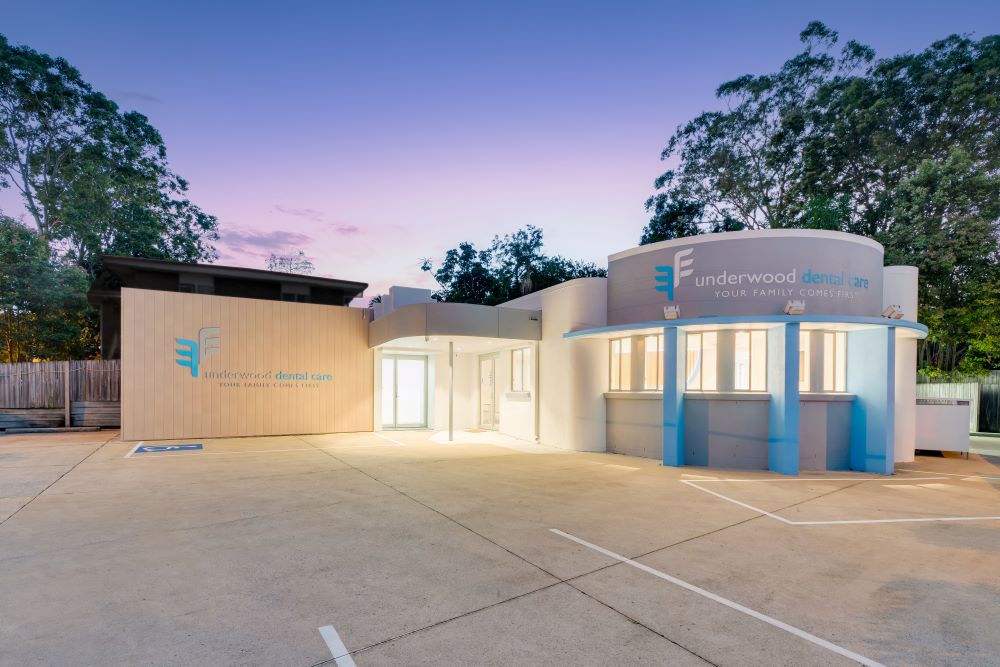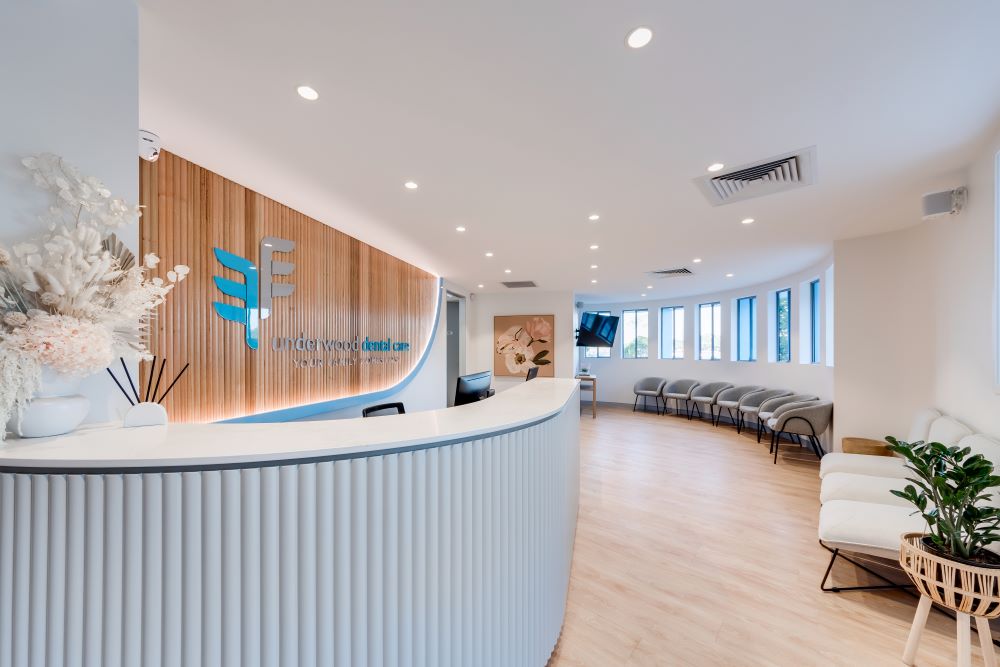Updated March 2023.
While most dental practitioners are aware that patient experience is important in a dental interior design, it can often become a secondary factor due to the day-to-day hustle and bustle of a business. As time goes by, it is likely that the dental practice is veering further away from what modern standards of patient experience demand. It’s always a healthy exercise to audit your patient’s journey within your practice, from their perspective, and make positive changes to improve their experience.
Dental practices are spaces that need to balance functionality and aesthetics, from exterior to interior. Rather than trying to simply update the look and feel of the space, utilising human-centric design at an early stage will lead to more sustainable improvements for both patients and staff.
Dental interior design: do’s and don’ts
Dental practice interior design can be used to alleviate stress factors in your patients and staff as these are often influenced by operational and environmental issues. Inefficient workflows, crowding due to spatial factors, stress from inadequate/harsh lighting conditions are all examples of things that can be fixed by considered interior design. However, when not considered at the design phase, your ability to provide a calm, well-ordered environment is greatly impacted. A lack of control over these factors will negatively affect patient stress levels as well as staff happiness and performance.
Here are some key elements to consider when designing the interior of a dental practice:
Consistency: As patients move through your space, consistency is key. Treatment areas should resemble your warm, welcoming waiting area. Too often are they shockingly dissimilar, which can trigger a stress reaction in patients, shifting their mindset to ‘pain’ as they enter the cold, sterile environment.
Lighting: Good lighting is an essential aspect of dental practice design. Lighting is important for both patient comfort and staff productivity, and while natural light throughout the space is ideal, ambient lighting can also create a welcoming and calming environment. Sufficient task lighting in treatment areas is critical for optimal precision and accuracy leading to optimal patient outcomes.
Colour: A colour scheme that is calming and neutral is ideal for dental practices. Light blue, green, and beige are all popular choices that promote a relaxed environment. Accent colours can be added to make the space more inviting but should be used subtly and sparingly.
Exterior to the interior as a journey
The holistic design offers the chance to create a continuous and calming journey for your patients by treating interiors and exteriors synergistically.
The threshold holds a special fascination for architects. A doorway, hall, or garden is a spatial manifestation of transition between two phases and can make all the difference in the experience of both. In the design of dental-care spaces, where a patient may literally enter in one state and exit in another, the threshold is particularly important.
The architecture
Holistic design offers the chance to create a continuous and calming journey for your patients by treating interiors and exteriors synergistically.
The threshold holds a special fascination for architects. A doorway, hall, or garden is a spatial manifestation of transition between two phases and can make all the difference in the experience of both. In the design of dental spaces, where a patient may literally enter in one state and exit in another, the threshold is particularly important.
The architecture of your dental practice should achieve a few vital things; it should be a natural extension of who you are as a practitioner, it should express to the patient that you care about their experience, and it should be aesthetically pleasing.
Designing an inviting and seamless exterior and entry to your practice removes stress in patients and allows them to enter and exit with confidence.
The interior design of your dental practice should continue this narrative and echo the design tones throughout.

Underwood Dental Care: An excellent example of warm, considered design that flows from exterior to interior. Picture 1 above shows the bright, inviting entrance with subtle brand colour accents. Picture 2 below illustrates how this is carried through to the light-filled reception/waiting area, again with vertical timber features and on-brand colour palette utilised sparingly.

Designing for beauty is good business
When sensory elements are balanced and complimentary it transforms us – affecting our senses, our brain and our stress hormones. We may not know the mechanisms as to why, but we feel beauty.
In dental practice interior design, this takes shape in the form of natural daylight, biophilia, art, beautiful furniture and colour. With these in mind, a dental practice can transcend traditional negative perceptions – alleviating stress and providing an experience that removes a patient’s memories of cold, clinical and dehumanised dental visits.
Now, more than ever, dental practitioners have the power to design and create beautiful spaces and be the catalysts for change in the industry.
Dental practices that exude a sense of calm, joy and beauty are memorable and separate themselves in a saturated market, whilst delivering happy, returning patients. These patients will likely provide positive word-of-mouth referrals, all factors that lead to sustainable business growth.
Designing the interior and exterior of a dental practice requires careful consideration of the needs of both patients and staff. A well-designed dental practice can create a comfortable and efficient environment that helps patients feel at ease and staff work more productively. By following these interior design ideas, you can create a space that is both beautiful and functional, without sacrificing the experience of those that enter your practice.
Optima is here to guide you through your design and construction process to make positive changes to your dental practice. Get started.



